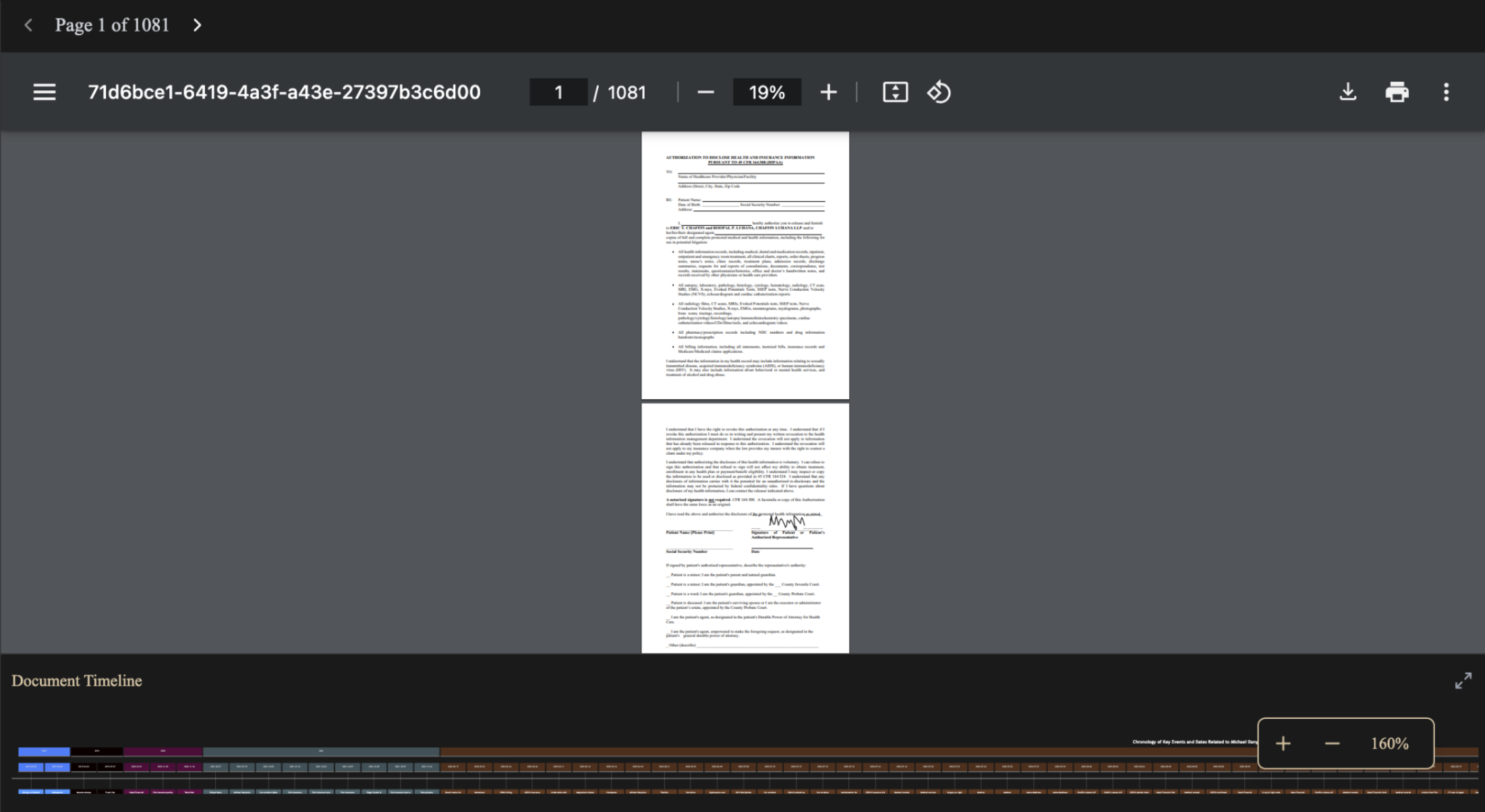How is Counsel Stack better than other Deep Research?
Counsel Stack is not generic, it's built by and for attorneys specifically for legal research. The research is grounded in official legal data sources and you can track time and gather workflow analytics along the way. The system mirrors how a real law firm would conduct legal research, and handles legal data extraction with LLMs.
What is "grounding" a language model?
Grounding a language model is connecting it to a reliable data source to help mitigate hallucinations.
What is the ABA's stance on AI and legal practice?
The ABA has adopted resolutions 604, 608, 609, and 610 emphasizing responsible AI development and use, promoting ethical, transparent, and accountable deployment of AI in the legal sector. These resolutions also focus on enhanced cybersecurity, guidelines for organizations engaging in AI, and integrating cybersecurity education into law school curricula.











